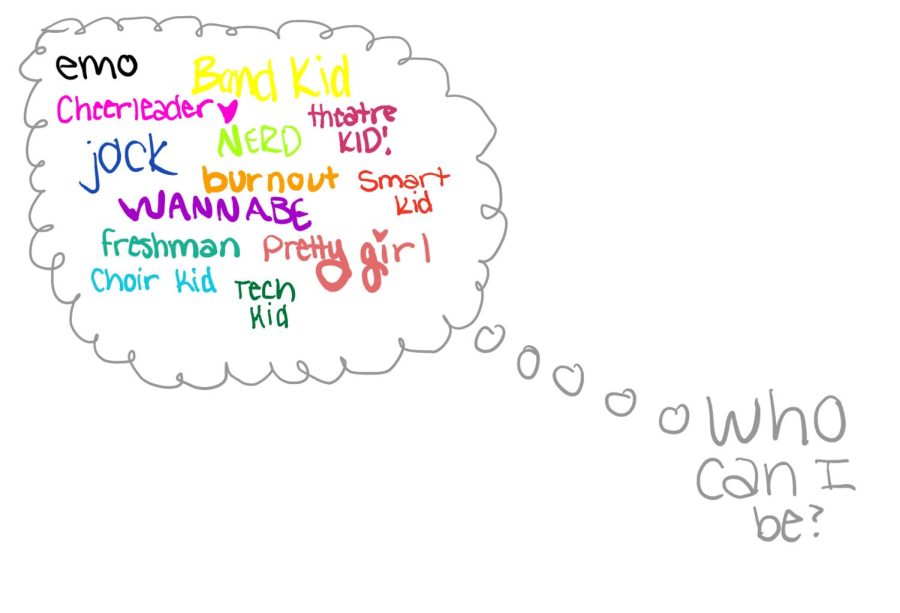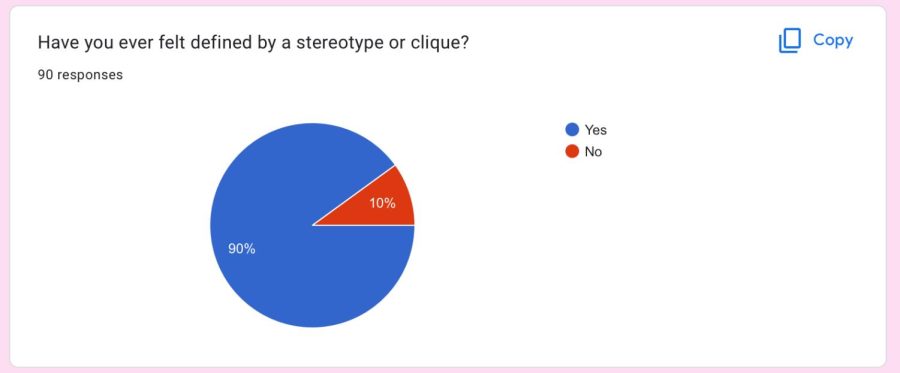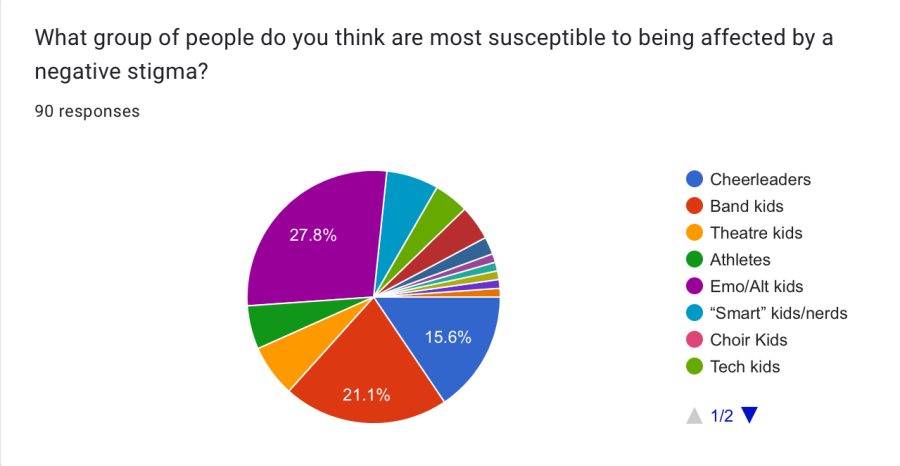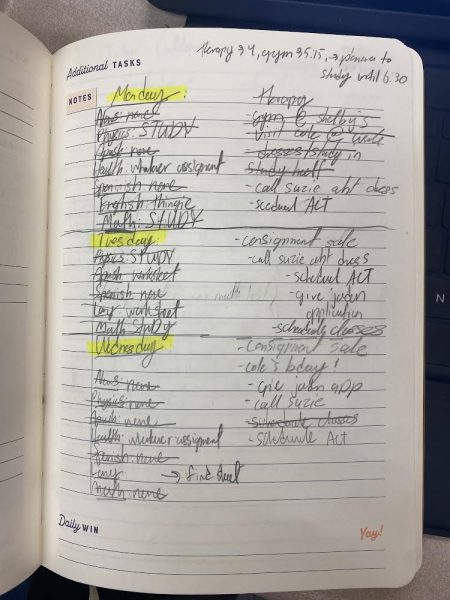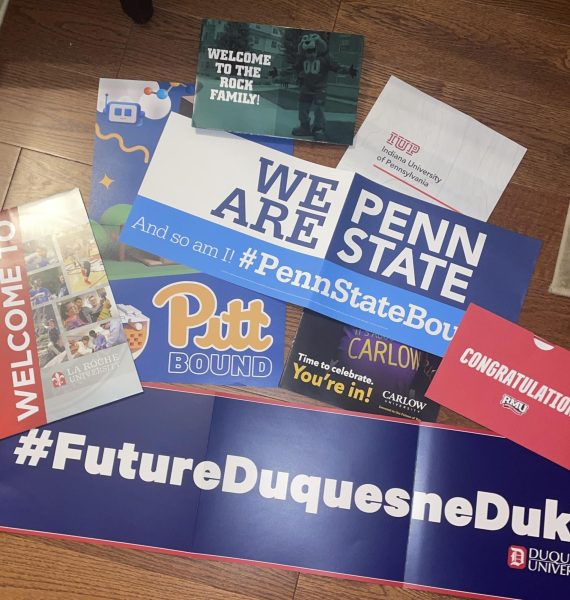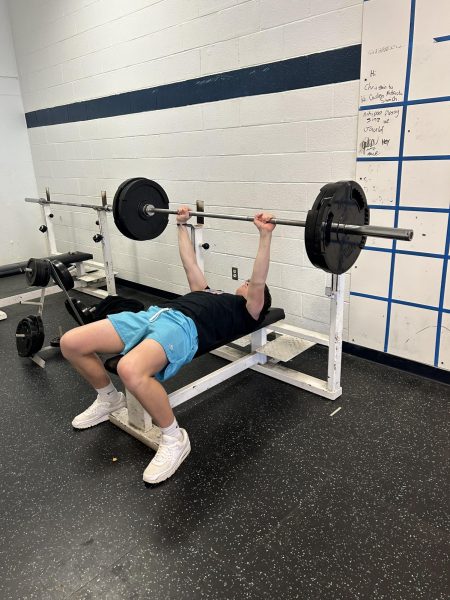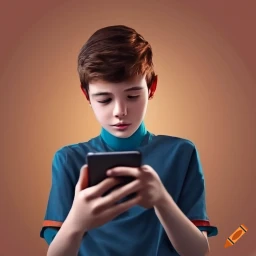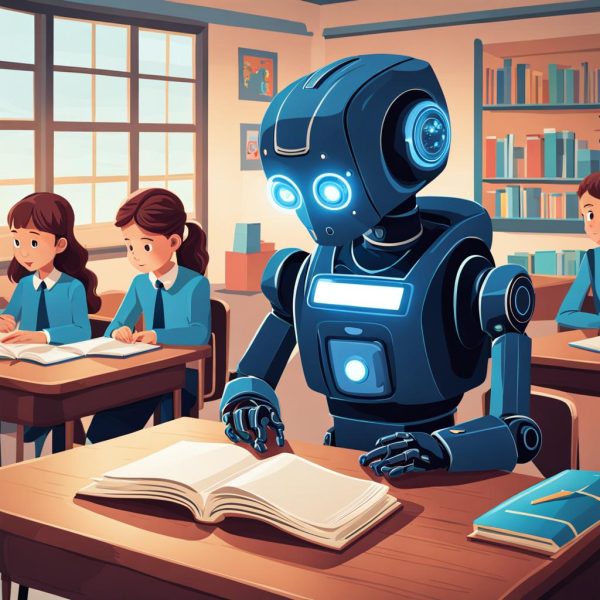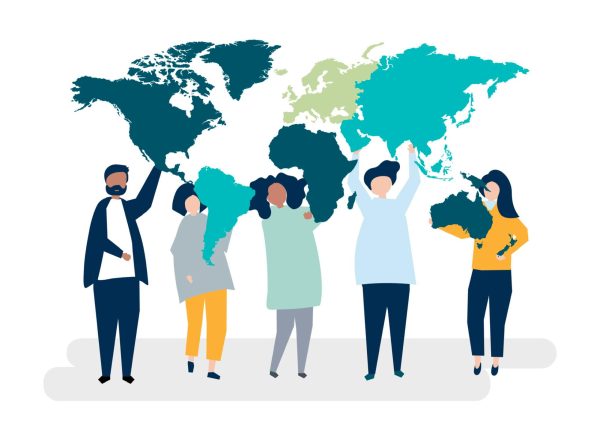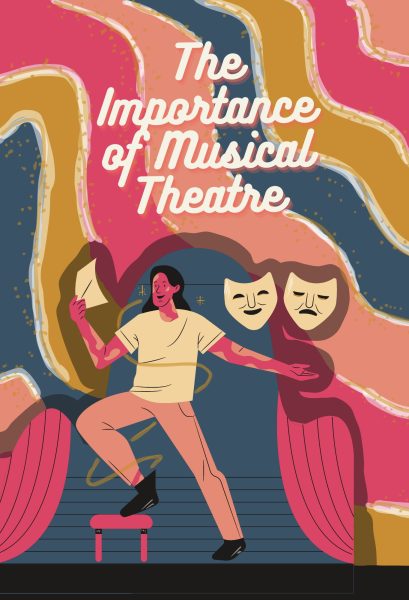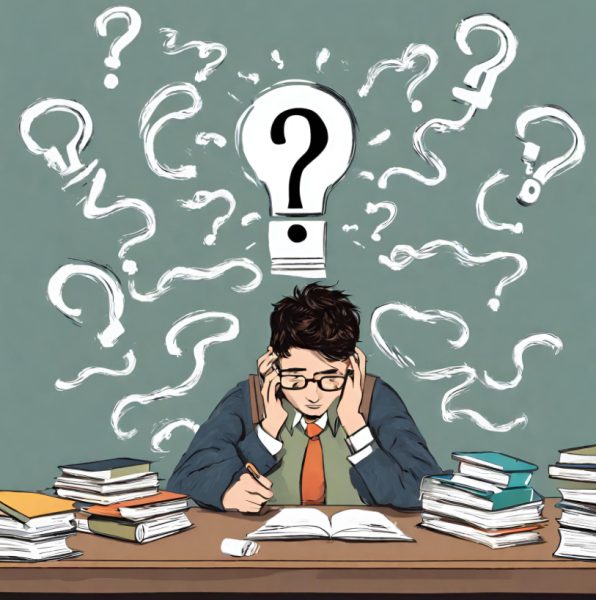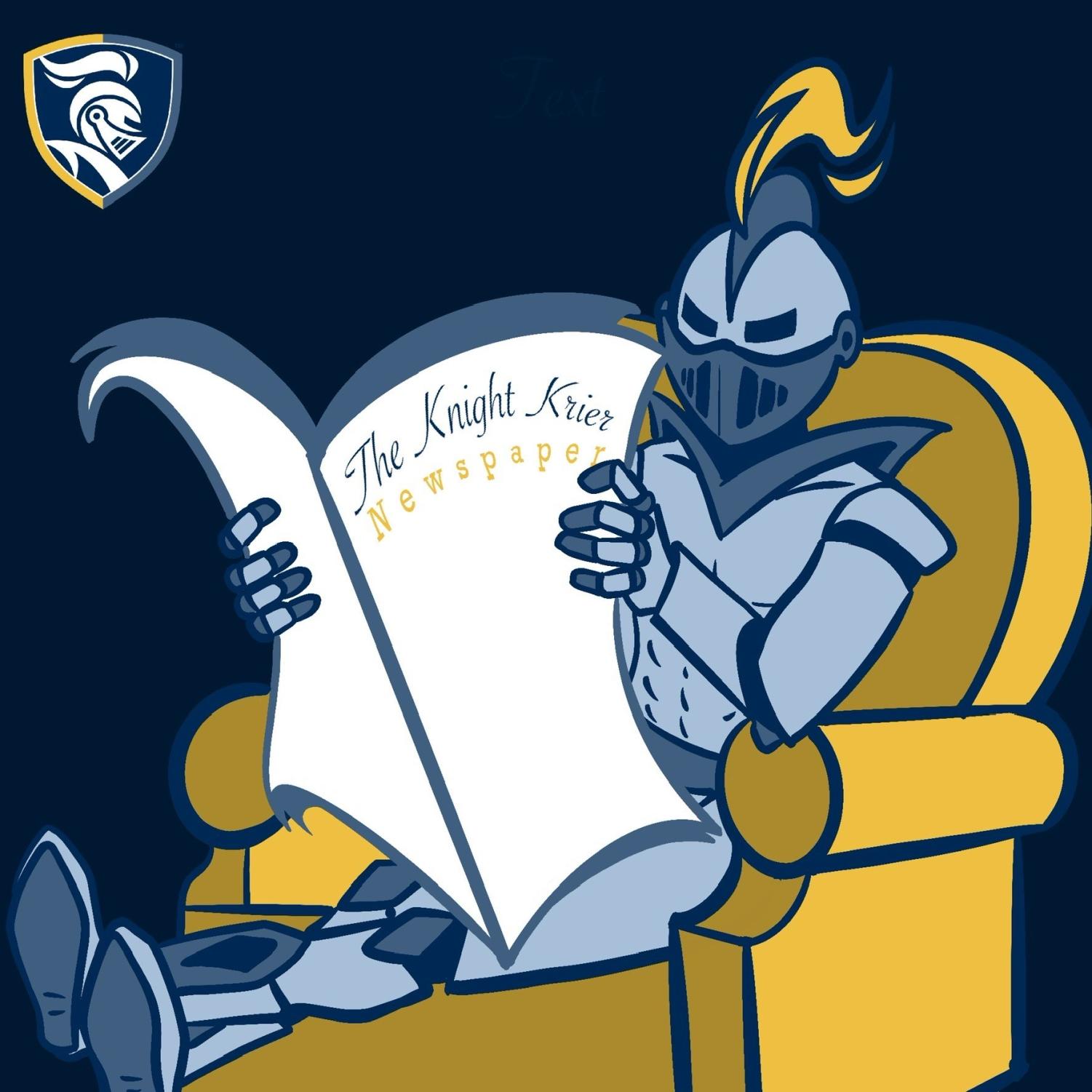Who are you?
Stereotypes in high school define us or not.
You’re an athlete. You’re a nerd. You’re the pretty girl. You’re the theatre kid. But what if you want to be more than one type of person?
Stereotypes have been a part of high school for a very long time. Classifying people into groups is easy for many. For example, you see someone on a sports team do something negative, and suddenly the entire team is seen in a negative way. The stigma around groups of students is all too prevalent at Norwin as well as many other high schools across the U.S.
According to a recent Intro to Journalism poll of Norwin High School students, 90 percent of the students felt that they were “defined by a clique or stereotype.” The poll further concluded that over half of students have felt that they needed to either “quit an activity,” or they felt that they could not even begin something because of the incorrect judgements that exists / around groups of people at Norwin.
The exact reasons as to why students felt they could not be themselves or do the things that they want to do varied, but they all share one thing in common- the existing stereotypes and negative stigmas existing at Norwin have a prime effect on student experience.
“I hated the negative ideas pinned on this group ofpeople,“ said senior Maleah Phetsomphou, after stating that she has felt inclined to quit an activity because of a preexisting stereotype.
Furthermore, sophomore Garrett Henning stated that he has also felt inclined to quit an activity because of a negative impression had on the group. “I felt ashamed and embarrassed to be in that activity because of the stereotypes that people portrayed upon me,“ said Henning.
These classifications imply that students can only be one type of person in high school.
Taking honors and AP classes and having people say things like ‘you just don’t look like someone who would take this class’ is something I’ve heard quite a few times. — Gabby Gregorini (12)
Oftentimes, students fail to recognize their judgement towards others because it is such a natural behavior that has been developed over the course of their school experiences. It is easy to fall in line with what other people believe especially if you have been doing it since childhood.
27 percent of participants concluded that “Emo“ kids are the most susceptible groups to being negatively classified, while 21 percent stated that band were the most stereotyped, 15 percent concluded that cheerleaders were grouped as well, and the other 37 percent of voters declared that the most stereotyped groups consisted of theatre kids, athletes, nerds, choir kids, tech kids and more.
The obvious question to ask when dealing with high school stereotyping is: Why do students classify each other? The answer can vary depending on who you ask.
It‘s convenient to put people in groups because you don‘t have to actually do the work of examining each person as an individual. You can just identify a dominant characteristic someone has and confine them to the cage you put them in. — Oliver Hinson (12)
Additionally, many people suggest that social media is a main element in allowing negative stereotypes to flourish.
“The ever-present nature of social media can also contribute to harmful classifications,” according to an article on BetterHelp. “As teens compare themselves to peers and celebrities alike through social media, it’s easy for kids to absorb harmful messages about themselves.”
Not only are stereotypes a result of generations of previous classifications, they are incredibly harmful to a high school students‘ experience and mental health.
According to a poll of Norwin High School students, 60 percent of students have said “association with stereotypes have had a negative effect on their mental health.”
Teenagers already have enough to deal with- between academic work, sports, and keeping up a social life, students’ mental health is often already struggling, let alone adding in the stress of belonging to a stereotype.
According to an article on Psychology Today: “Negative stereotypes about teenagers impact teens’ self-conceptions and beliefs about normative behaviors. Teenagers endorsing negative stereotypes about themselves experience brain changes associated with reduced cognitive control.”
Stereotypes in teens can be damaging to their self image, high school experience and development of their mental health and brains. Students are afraid to learn about themselves and become who they want to be because of negative personas.
Stereotypes have existed for centuries, dating back to ancient times when people would be classified based on extremes such as where they were born. Stereotypes have thrived and developed over time and are prevalent in high schools now. So, next time you hear your friends associating someone with a stereotype, an open mind. Learn about a person and who they truly are before allowing yourself to judge them. Being open minded when learning about someone would go a long way in eradicating negativity in our school and making everyone’s experiences better- after all, who wants to spend their day at school miserable? Think before you speak, and spread positivity today.

